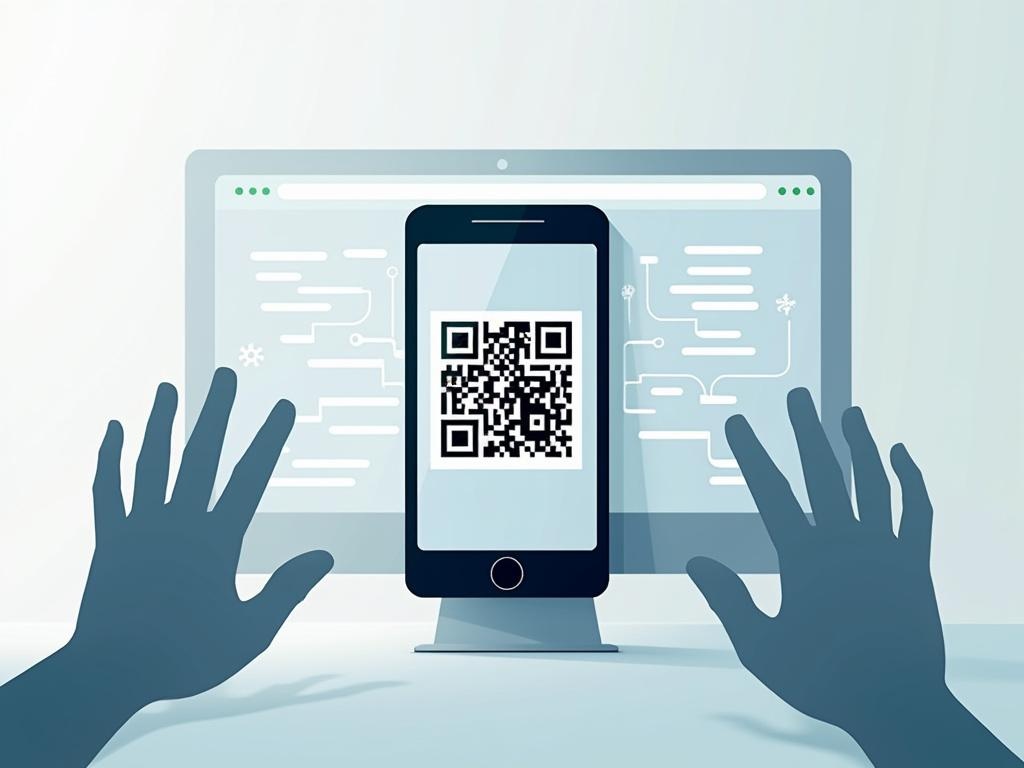QR Codes and Quishing: Understanding the Rising Threat of Cyber Attacks on Mobile Users

QR Code Convenience Becomes Gateway for New 'Quishing' Cyber Threats
In an era where QR codes have become ubiquitous in daily life, cybersecurity experts warn of a rising threat called "quishing" – QR code-based phishing attacks that exploit users' blind trust in these seemingly innocent black-and-white squares.
The widespread adoption of QR codes for everything from restaurant menus to event ticketing has created an environment ripe for cybercriminals, who are now leveraging this technology to orchestrate sophisticated phishing campaigns targeting mobile users.
The Anatomy of a Quishing Attack
Quishing attacks work by placing malicious QR codes in public spaces, often overlaying or replacing legitimate codes. When scanned, these codes redirect users to fraudulent websites designed to harvest credentials or deploy dangerous forms of malware on devices. The effectiveness of these attacks lies in their simplicity – they require minimal technical expertise while exploiting established consumer behaviors.
According to recent research by the FBI's Internet Crime Complaint Center, QR code-based attacks increased by 86% in 2022 compared to the previous year (Source: FBI IC3 Report 2022).
"Because many mobile devices automatically open links in browsers or apps, the victim may never see the red flags, especially if basic cybersecurity strategies aren't in place," notes David Balaban, a cybersecurity researcher.
Marketing's Double-Edged Sword
The marketing industry's enthusiastic embrace of QR codes has inadvertently contributed to the problem. By normalizing QR code usage across branded materials and customer touchpoints, marketers have created an environment where users scan without scrutiny.
Public spaces have become particularly vulnerable hunting grounds. Cafés, libraries, gyms, and event venues regularly display QR codes, making it easy for attackers to swap legitimate codes with malicious ones. The low cost and high potential impact make this an attractive strategy for cybercriminals.
Protection and Prevention Strategies
Security experts recommend several strategies to guard against quishing attempts. Implementing robust anti-malware protection on mobile devices serves as a crucial first line of defense against these threats.
Essential Security Measures
- Use QR scanner apps that preview URLs before opening them
- Disable automatic actions on QR code scans
- Maintain updated mobile operating systems
- Verify the physical integrity of QR codes before scanning
- Apply the same scrutiny to QR codes as suspicious email links
Business Implementation Guidelines
- Implement secured, tamper-evident QR placements
- Educate customers about safe scanning practices
- Incorporate branded short URLs
- Add visual indicators of legitimacy
- Regular security audits of displayed QR codes
The fight against quishing requires a collective effort to shift how we think about everyday digital interactions. As QR codes continue to integrate into daily life, maintaining vigilance and implementing proper security measures becomes increasingly crucial for both businesses and consumers.

